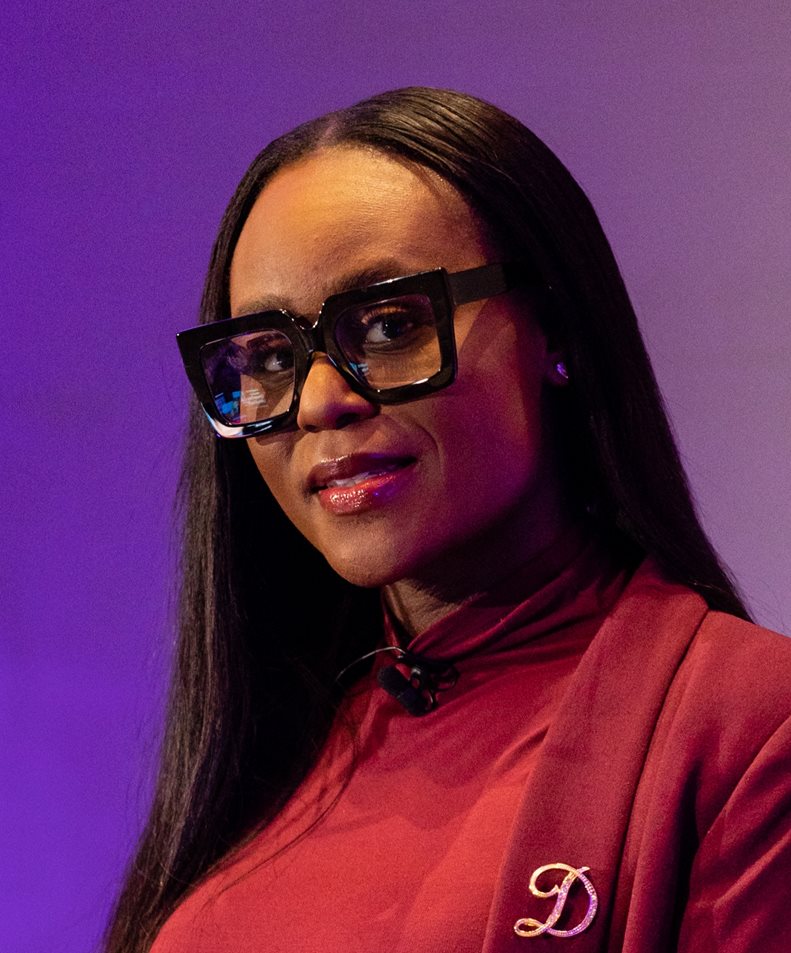Everything you need to know about inclusive hiring
Does your hiring process unintentionally exclude underrepresented minority groups? Here's everything you need to know about inclusive hiring.

Table of Contents
Are your hiring practices as inclusive as they could be? Does the makeup of your organization reflect the diversity, equity, and inclusion (DEI) values it espouses?
Recruitment is the gateway for your organization to grow more diverse. When you review your current recruiting tactics and implement inclusive hiring practices, you can identify ways to move the needle on DEI initiatives.
Common roadblocks to inclusive hiring—like unconscious bias and lack of DEI awareness—aren’t impossible to overcome. So don’t let these obstacles keep you from a truly inclusive recruitment plan. In fact, not addressing discrimination in your hiring procedures could end up harming your business in the long run. By raising awareness around these issues now and instituting internal policies to counteract their effects, you can produce real change.
So, what exactly is inclusive hiring?
Inclusive hiring – also known as inclusive recruitment – is the practice of maximizing equity for people of all underrepresented minority groups during the application, interview, selection, and offer stages of the hiring process. Furthermore, as the Academy to Innovate HR states, inclusive hiring “actively recognizes diversity and embraces a wide range of qualities and perspectives that candidates bring to the organization.” Underrepresented minorities include those who are protected by government legislation like the U.S. Equal Employment Opportunity Commission (EEOC). These people are often discriminated against due to their race, color, religion, sex, gender identity, pregnancy, national origin, age, or ability.
Inclusive hiring intentionally minimizes and attempts to eliminate factors that would immediately disqualify or unconsciously discriminate against minorities in these categories.
Why does inclusive hiring matter?
Inclusive hiring isn’t just about meeting DEI benchmarks. While DEI goals are important, inclusive hiring is about ensuring your organization has a workforce that represents the diverse backgrounds and perspectives of your customers and the community.
In our 2023 Pulse of Talent survey, more than half of respondents who identified as part of a minority or underrepresented group agreed that a lack of diverse leaders at a company would stop them from pursuing leadership roles within that organization. Inclusive hiring is a must at all levels of your organization if you want to attract and retain diverse talent. Representation matters, and inclusive hiring practices can improve your long-term retention.
How do you make a hiring process inclusive?
Saying representation matters and actually securing that representation are two very different things. In fact, this disconnect between promised inclusivity and the day-to-day exclusive reality is a pervasive problem for organizations. It’s time to put wheels on the ground and move from talk to tactics.
Here are six ways you can start making your hiring process more inclusive.
1. Write more inclusive job descriptions
Inclusivity starts at your first interaction with a candidate—the job description. The way you describe the ideal candidate, job responsibilities, and company culture all contribute to who you attract. For example, ensure you’re using gender-inclusive language in both the job title and description. You can also revisit your degree requirements, removing them where they’re not necessary, to include qualified candidates regardless of educational background.
2. Ask for employee referrals
Encourage hiring managers to leverage candidate referrals from members of your employee resource groups (ERGs). Often, the best candidates come from employee referrals because a layer of trust is established at the get-go. Asking members of your ERGs to spread the word about an open position is a great way to expand and diversify your candidate pool.
3. Train leaders on how to avoid unconscious bias
One of the most challenging obstacles to inclusivity during recruitment is unconscious bias. While a recruiter, HR leader, or hiring manager may not intentionally discriminate against a candidate in the interview or the selection process, unconscious bias is harder to detect. And therefore, it’s harder to avoid.
If you want to make your hiring process inclusive, start with unconscious bias training. The more leaders across your organization are aware of the thinking and pitfalls of unconscious bias, the more likely they can notice it themselves. A helpful way to ensure long-term compliance with diverse hiring best practices is to make inclusive hiring a mandatory training session that repeats annually for team leaders and managers.
4. Talk about your DEI efforts on your career page
Whether it’s your job application portal or an extension of your “About us” webpage, your career page is central to maintaining an inclusive hiring process. The career page is an excellent place to describe some of your company’s DEI activities and how you’re keeping inclusivity top-of-mind, especially for new hires.
Another way to ensure an inclusive atmosphere from the get-go is to diversify the employee images you post on your website. Pictures like formal team photos or candid photos from social events can showcase the diversity of your staff. If you don’t show your diverse employee base, candidates might feel discouraged from applying before they begin. For instance, if you only show photos of men on your career page, applicants who identify as non-male will feel less inclined to join what seems to be a male-dominated culture.
5. Revamp your interview process
Once you attract diverse talent that includes underrepresented minorities, you must retain that inclusivity through the interview process. One way to do this is to standardize how you interview candidates for each role. By using the same hiring manager asking the same, pre-scripted questions, you minimize the chance for bias to creep in during the conversation. Also, when it comes to candidate scoring, use the same rubric for success. You can also encourage hiring managers to review their scores and check for unconscious biases.
6. Be understanding and look beyond the interview
Let’s face it, some people are not great at interviewing. A qualified candidate may get nervous, or they may have a bad day personally. However, that doesn’t mean they won’t be amazing at the role you need to fill. An equitable interview gives candidates more than one way to demonstrate their skills—it doesn’t rely solely on conversational questioning. I use the “show me, don’t tell me” methodology. For instance, if you’re hiring for a technical position, ask the candidate to perform a small test exercise to see how they’d complete a task related to the role. When possible, allow candidates the opportunity to demonstrate the skills that you are looking for.
What is the impact of inclusive hiring?
If DEI is a priority for your organization, you must begin with how you hire—which will impact the makeup of your organization.
For starters, your talent pool may grow wider, bringing people with broader work and life experience into important roles. Inclusive hiring can also inspire people of diverse backgrounds to consider your company when they’re looking for new opportunities – candidates will notice when your company photos and employee profiles on LinkedIn reveal a diverse workforce.
From a business standpoint, diverse hiring, especially for leadership positions, leads to better performance. A report from McKinsey in 2020 found that “companies in the top quartile for gender diversity on executive teams were 25% more likely to have above-average profitability than companies in the fourth quartile.” In other words, gender diversity at the top increases the likelihood of high financial performance.
McKinsey also found that overall sentiment on diversity is more positive than negative, while sentiment on inclusion is the opposite. Inclusive recruitment isn’t just about having diverse candidates applying for a position—it’s about truly including underrepresented minorities throughout the hiring and onboarding process, into the rest of the employee experience, company culture, and beyond.
You may also like:
Ready to get started?

